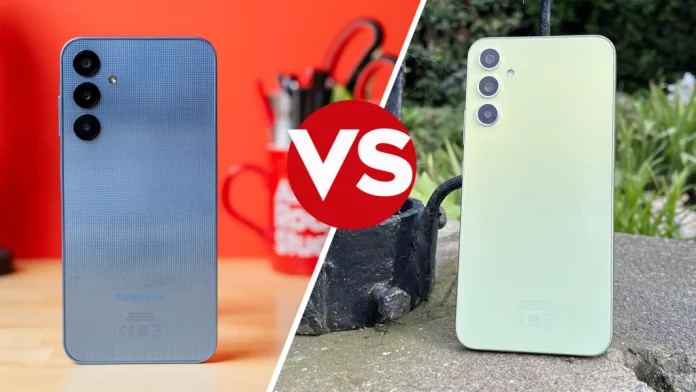Galaxy A25 vs Galaxy A34 : Both low-cost and high-performance solutions have long been available in the crowded market of entry-level and mid-range phones. The Nothing Phone (2a) just poured gasoline to the flames, but Samsung has always been launching less expensive versions of its flagship phones on a cyclical basis.
This year, the company has expanded its lineup with the Galaxy A25 5G, which is expected to wow with both its internal components and fresh look. Does it have a chance, though, against the Galaxy A34 5G, which is one year old?
Is the new, nevertheless, necessarily better? is the query.
It’s difficult to choose between the two phones ” Galaxy A25 vs Galaxy A34 “because they both provide a good mix of features, performance, and price. Let’s delve into a comparison to determine which affordable smartphone emerges as the superior choice.
Differences between the Galaxy A25 vs Galaxy A34
The Galaxy A25 and Galaxy A34 are similar in that they are made mostly of plastic. Both have designs that are influenced by Samsung’s higher-end models, specifically the S23 and S24 series.
Although both smartphones have a solid feel to them, protective cases are advised because they are a little slick and prone to scratches. Notably, the A34’s superior haptics contribute to its more upscale feel, whereas the A25’s vibration motor is somewhat underpowered.
Despite their similar appearance, the A25 has a devisive patterned back design, as shown below, and the A34 has a more universally attractive plain matt finish.

Both the Galaxy A25 5G and Galaxy A34 have nearly identical displays, with slight differences in size. They have 6.5-inch and 6.6-inch AMOLED displays, both with Full HD+ resolution and a refresh rate of 120Hz.
These panels provide vibrant colors, fine clarity, and an exceptional brightness of up to 1000 nits, ensuring good visibility outside. However, none supports adaptive switching between 60Hz and 120Hz refresh rates. There are other features like Eye Comfort Shield mode, which reduces blue light.
Both phones include stereo speakers that provide reasonable sound quality and loudness, albeit they lack bass for music. Additionally, both devices include in-screen fingerprint scanners, however the A25’s sensor is less reliable.
Overall, both phones provide engaging multimedia-friendly display and audio experiences, although the Galaxy A34 has a little edge.

Both the Galaxy A25 and Galaxy A34 provide mid-range performance but use different chipsets. The A25 5G uses Samsung’s own Exynos 1280 chipset, whilst the A34 uses a MediaTek Dimensity 1080 CPU.
The Exynos 1280 chipset performs well for everyday use, although it may struggle with intense gaming or strenuous workloads. In contrast, the A34’s Dimensity 1080 CPU provides quick performance and smooth navigation, making it appropriate for a wide range of jobs.
In our Geekbench 6 multi-core test, the Galaxy A25 scored 2074 points, while the Galaxy A34 scored 2491, placing it 20% ahead.
Both devices include 6GB of RAM and 128GB of storage, which can be expanded up to 1TB using a microSD card slot. While the A25 does not support other storage options (at the time of writing), the A34 may provide 8GB of RAM and 256GB of storage.
Both phones enable 5G connection in addition to normal functions like as Wi-Fi, Bluetooth, GPS, and NFC.
Overall, although the A25 provides adequate performance for regular use, the A34 stands out due to its strong Dimensity 1080 chipset and smooth operation, making it suited for a wide range of applications, including gaming.
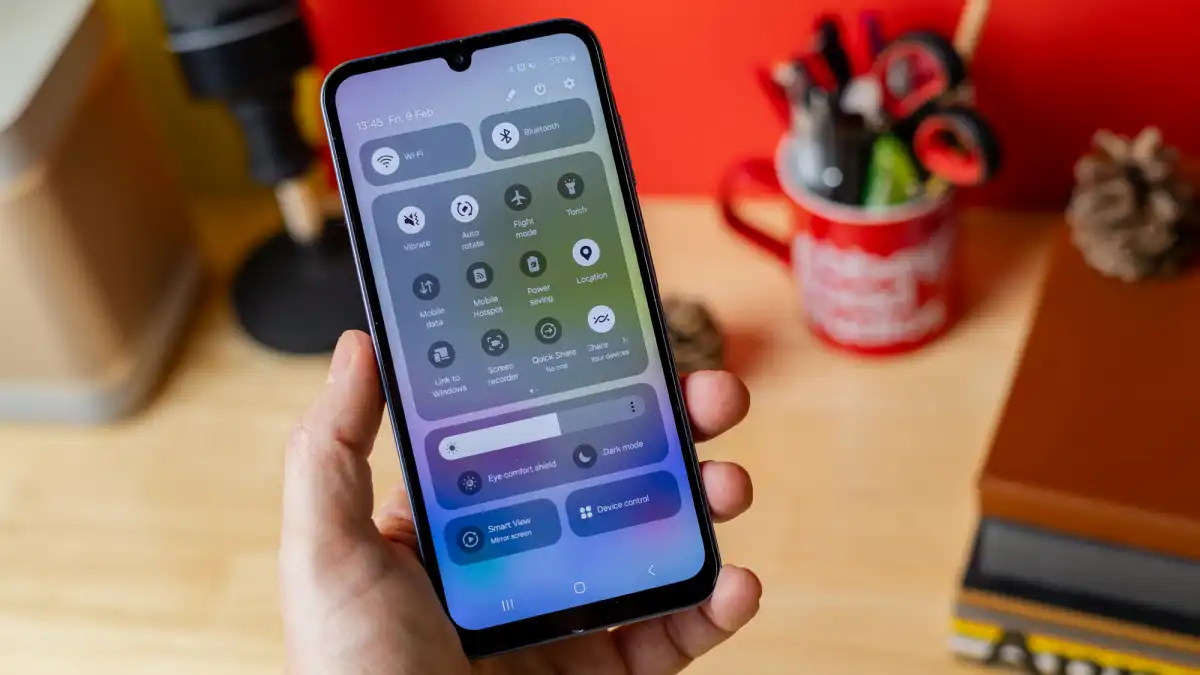
Both the Galaxy A25 and A34 include camera sets typical of inexpensive phones in 2024, including a primary sensor, ultrawide snapper, and macro lens. The A25 has 50Mp main with OIS, 8Mp ultrawide, 2Mp macro, and 13Mp selfie cameras, while the A34 has 48Mp main with OIS, 8Mp ultrawide, 5Mp macro, and 13Mp selfie cameras.
Both phones take high-quality images with vivid colors, but the A25’s primary camera suffers in low-light circumstances. The A34’s primary camera works well outside, but it may lack clarity indoors if the subjects are not steady.
Both devices provide ultrawide images with good color reproduction, but the macro lenses provide little value because to their poor resolution and fixed focus.
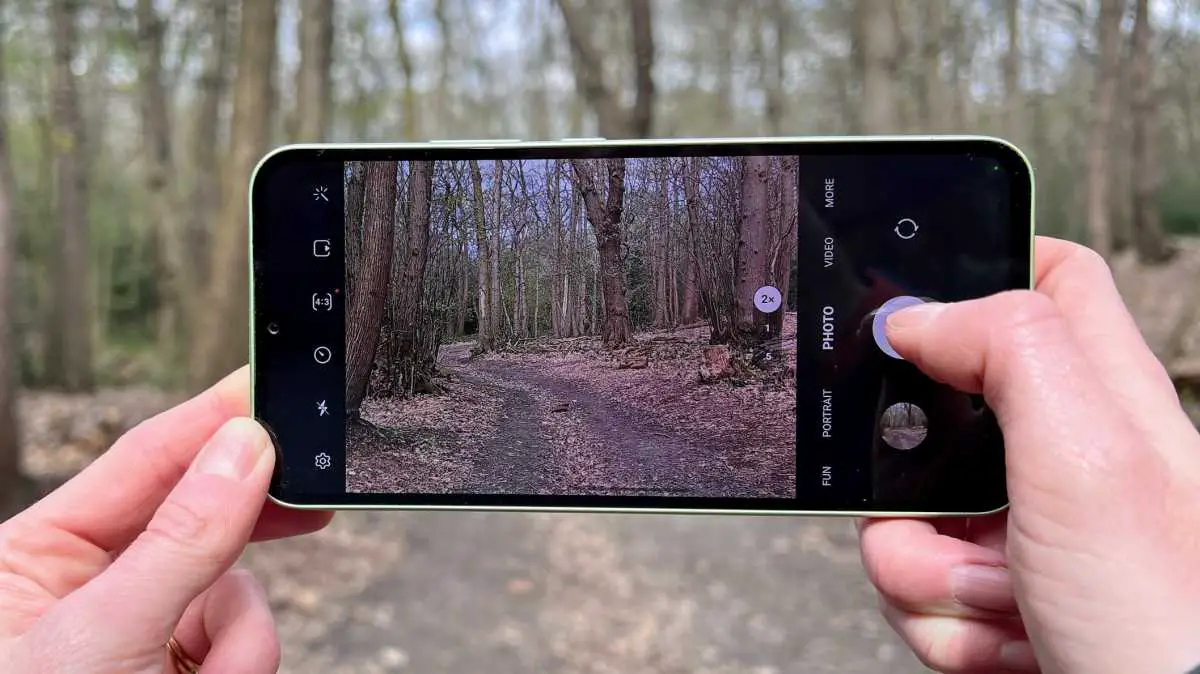
The A25’s selfie camera works admirably, particularly in portrait mode, although the A34’s output may appeal to those seeking a more subtle appearance. Both phones include Snapchat-like effects in the camera app, with the A34 enabling you to modify the front camera’s field of vision.
On both devices, video recording defaults to 1080p at 30fps, which produces steady footage with acceptable audio quality. However, deviating from these parameters may result in reduced stability and audio quality.
Overall, while the A34 has a smaller range of sensors than the A25, both phones provide adequate photography performance for budget-conscious individuals.
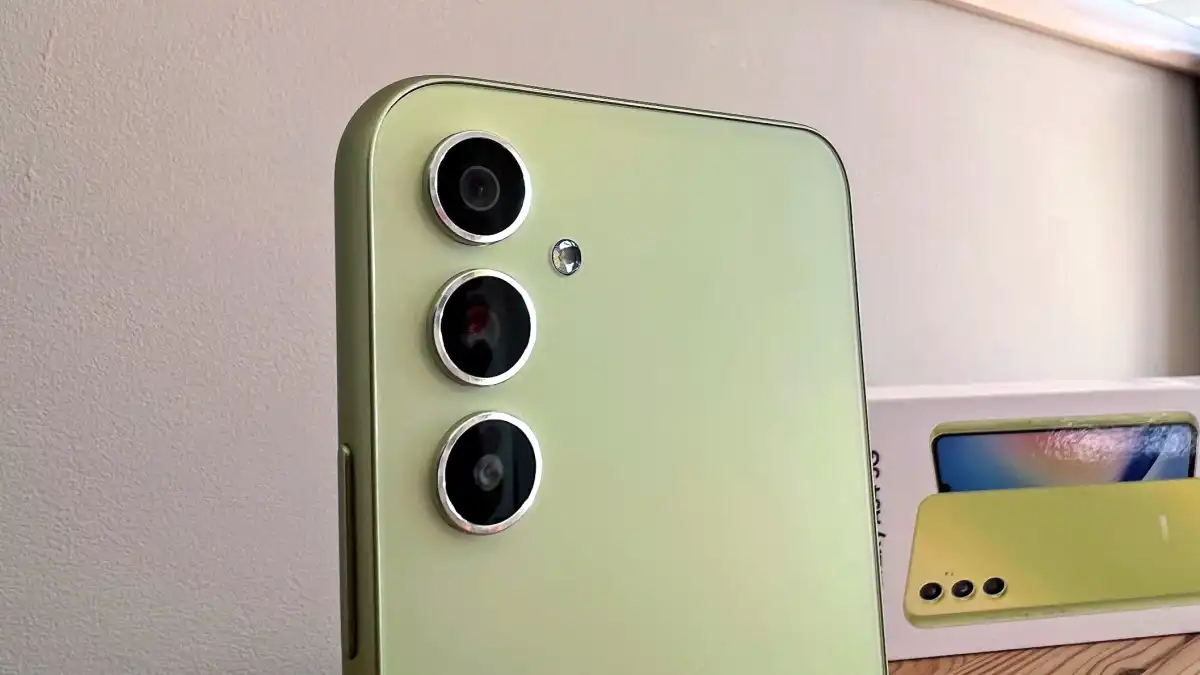
Both the Galaxy A25 and Galaxy A34 include a 5000mAh battery, which allows for longer usage hours under normal situations. The A25 5G has an outstanding two-day battery life, albeit excessive usage may decrease this time, whereas the A34 may last up to two days with light to moderate use.
Our PCMark for Android battery tests found that both smartphones performed similarly, with the A25 lasting 10 hours and 34 minutes and the A34 lasting around 10 hours and 59 minutes, indicating that there is no difference here.
As previously stated, both phones include AMOLED panels that allow for customization of the always-on display, as well as battery life-saving features.
Both phones enable 25W of cable charging, with the A25 matching the flagship Galaxy S24’s charging speed. The A34 charges at a somewhat slower rate, offering around 15-20% charge in 15 minutes, nearly one-third charge in 30 minutes, and a full charge in about two hours. With an available adaptor, the A25 could only charge to 32% in 30 minutes.
They both lack wireless charging, and neither phone comes with a charging adaptor, forcing you to buy one separately.

Both the Galaxy A25 and A34 run Android 14 with Samsung’s One UI 6, which offers a user-friendly interface with customisable features including a sidebar for quick app access and alerts. Samsung has also included handy features such as Link to Windows, Smart Switch, Quick Share, and Multi Control on both devices.
However, keep in mind that both phones come with various pre-installed applications, which may cause some inconvenience during setup, such as TikTok and Disney+, which may be deleted later.
Notably, both versions come with extensive software support, including up to four years of operating system upgrades and five years of security patches. Just be aware that the Galaxy A34 is a year late and does not offer the same longevity if purchasing now.
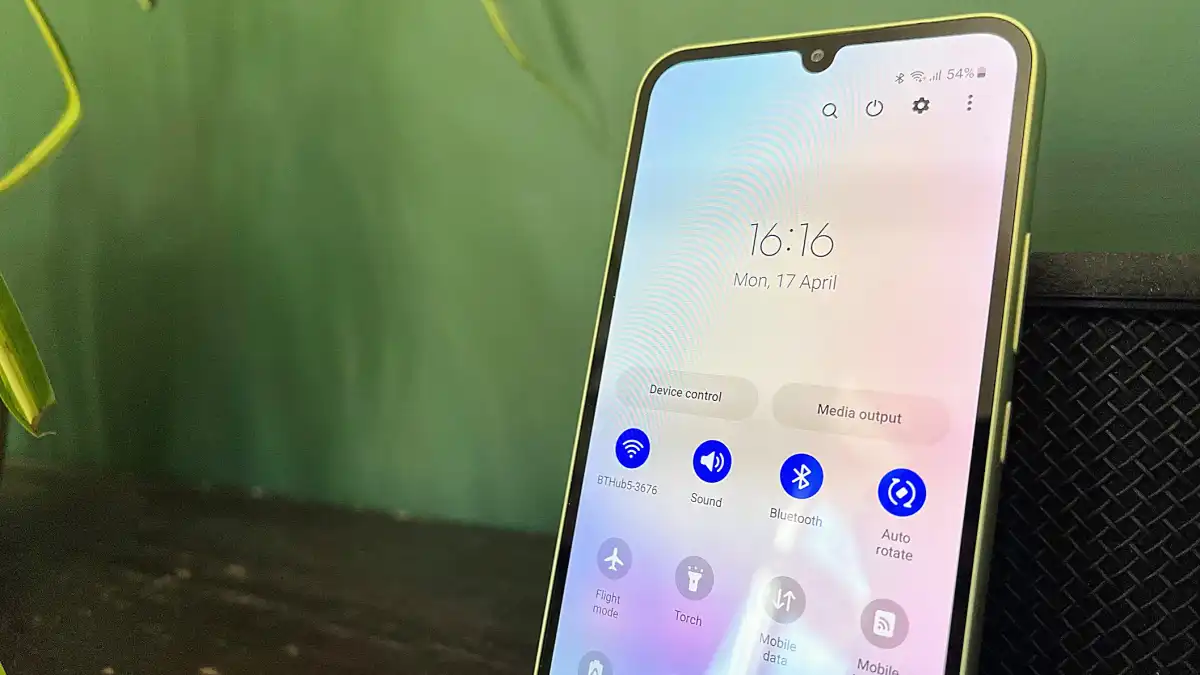
Price & Availability Galaxy A25 vs Galaxy A34
The Galaxy A25 offers a budget-friendly option priced at £249 in the UK, featuring 6GB of RAM and 128GB of storage. It is available from multiple retailers including Samsung, or via Amazon. In the US, it’s priced at $299.99 and offered by Samsung and Amazon.
In comparison, the Galaxy A34 is priced at £349 in the UK and is available from various retailers such as Samsung, Amazon.
Specs
Samsung Galaxy A25:
- Android 14 with One UI 6
- 6.5in AMOLED, 2340 x 1080, 120Hz, 19.5:9 aspect ratio
- Exynos 1280
- 6GB RAM
- 128GB of storage (expandable via microSDXC)
- Cameras:
- 50Mp OIS main camera
- 8Mp ultrawide
- 2Mp macro
- 13Mp selfie camera
- Dual-SIM (microSDXC shares second slot)
- Stereo speakers
- NFC
- GPS
- Bluetooth 5.3
- Wi-Fi 5
- Fingerprint sensor (in power button)
- 5000mAh battery
- 25W wired charging
- USB-C charging port
- 161 x 76.5 x 8.3 mm
- 197g
Samsung Galaxy A34:
- Android 14 with One UI 6
- 6.6in AMOLED, 2340 x 1080, 120Hz, 19.5:9 aspect ratio
- Mediatek MT6877V Dimensity 1080 chipset
- 6/8GB RAM
- 128/256GB of storage (expandable via microSDXC)
- Cameras:
- 48Mp f/1.8 OIS main camera
- 8Mp f/2.2 ultrawide
- 5Mp f/2.4 macro
- 13Mp f/2.2 selfie camera
- Dual-SIM (microSDXC shares second slot)
- Stereo speakers
- NFC
- GPS
- Bluetooth 5.3
- Wi-Fi 6
- Under-display fingerprint sensor
- 5000mAh battery
- 25W wired charging
- USB-C charging port
- 161.3 x 78.1 x 8.2mm
- 199g


